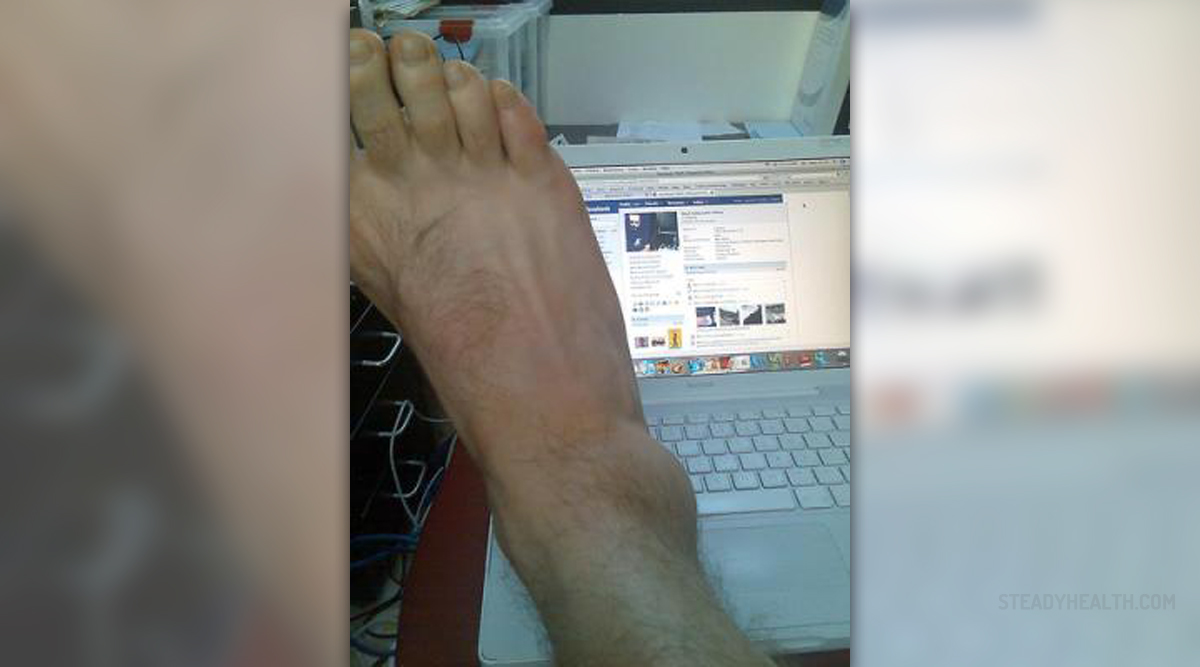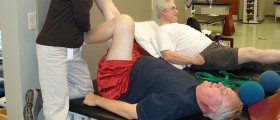
AnklePain and Swelling
Anklepain is a very common issue that can affect anyone in any stage oflife. Sprains cause most cases of pain in the ankles; they occur whenstrong, sudden forces are applied to the ankle joint, turning itfurther than it usually goes and stretching the muscles or tendonssurrounding the joint. This usually happens when a person trips andtwists their foot during walking or running, particularly whenrunning vigorously for exercise or sport. Sprains usually involvestearing or straining one or more of the ligaments at the ankles,causing intense pain and substantial swelling. The symptoms ofswelling and pain typically last for three to four days, although theinjury will most likely take a few weeks to fully heal. Ankle sprainsweaken the joint, increasing the risk of further injuries in thefuture.
However,there are many other reasons for ankle pain other than sprains. Themost common reason remains trauma inflicted on the ankle from outsideforces. Blood vessels, tendons and ligaments in the ankle can tear orbecome damaged in other ways from any kind of substantial force thatis suddenly applied to the joint.
Whenblood circulation to the ankles and feet is disrupted (perhaps avascular obstruction), a peripheral edema may occur. This usuallycauses swelling and sometimes pain in the lower legs. Typical causesfor peripheral edema in the legs include anything that increasesstrain on the blood vessels, such as obesity, age and pregnancy. Bearin mind that this does not affect only one leg, but rather both legsat the same time.
Arthritisis an inflammation of the joints and can affect the ankles too,causing substantial pain and swelling, thereby inhibiting movement ofthe joint. This is sometimes caused by a bacterial infection in thejoint or by previous ankle injuries. Proper treatment of theinfection or the injury is important when trying to prevent futureankle arthritis.
Gout,a condition where an over-production of uric acid leads to crystalsforming in the joints and causing the same symptoms, can also affectthe ankles.
Womentend to experience ankle pain more often than men due to the weakerligaments and muscles in their ankles. Pregnancy and menstruation canalso cause the ankles to hurt and/or swell. However, other conditionssuch as congestive heart failure, sclerodema and liver cirrhosis cancause ankle pain. Simple things such as insect bites and stings, anunbalanced diet, standing for long periods of time or evenuncomfortable or incorrect shoes can also cause ankle problems ofthis kind.
Treatment
Anklepain, especially after a sprain, can be relieved by resting theaffected joint as much as possible, keeping the ankle raised andputting as little pressure on the ankle as possible. Cold compressesor ice packs can be applied to the joint to reduce swelling and numbthe area from pain. Certain medications can help to relieve pain, aswell as in cases of arthritis caused by infections.
Long-lastingankle pain or swelling may indicate and underlying problem, such as afracture of the ankle bones or severe tearing of the ligaments, andshould be taken to a doctor for proper diagnosis.

















Your thoughts on this
Loading...